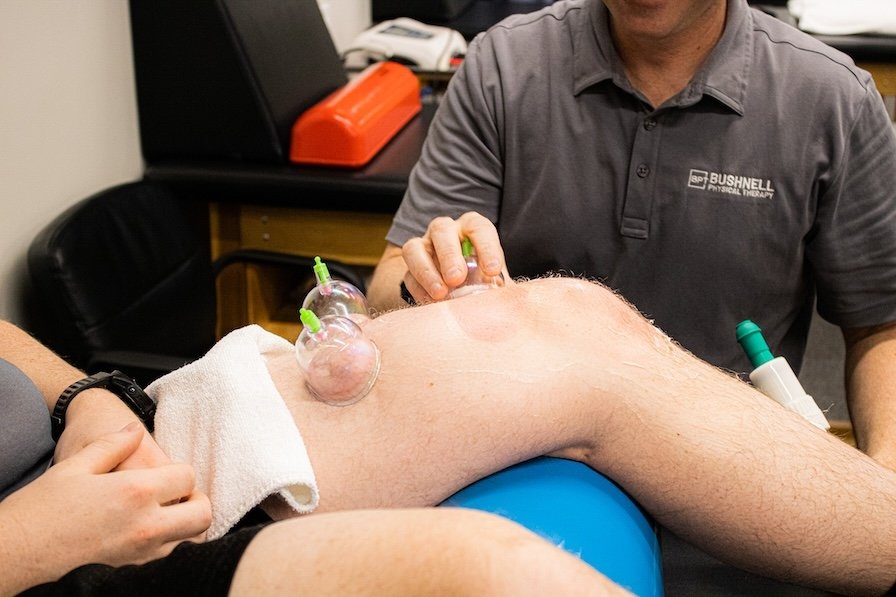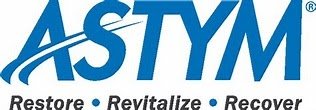
What are the Benefits of Cupping Therapy?
You’ve probably seen those circular marks on athletes, celebrities, or maybe even your friends—like small bruises scattered across their backs and shoulders. That’s the telltale sign of cupping therapy, an ancient healing practice that’s made a strong comeback in modern wellness and physical therapy circles. But what exactly is it, and why are so many people swearing by it? Let’s explore the benefits of cupping therapy and why it might be worth adding to your self-care or recovery routine.
Myofascial Decompression (MFD) or “cup therapy” is used to treat tight or painful muscles and tissues caused by tension in the fascia, which is connective tissue surrounding and supporting muscles. Tension can form in the fascia, but it does not respond as well to stretching techniques like tight muscles. By utilizing Myofascial Decompression we can address connective issue restrictions by improving the mobility of the soft tissue layers and improving circulation to affected areas.
Benefits
1. Relieve tension
MFD can decrease tightness or restriction in tissue or inhibit overactive muscles. It is commonly used for pain relief, muscle recovery, and relaxation.
2. Improve movement and range of motion
The use of negative pressure with suction cups creates space between the soft tissue layers that allows each layer to slide one upon another with decreased viscosity and improved movement efficiency. Often the cups are applied and then stretches are performed to allow for a deeper stretch and improved movement even after the cups are removed.
3. Increase blood flow
The suction creates a vacuum effect that pulls the skin and underlying tissues upward, which enhances circulation and triggers the body’s natural healing response, often leaving temporary circular marks on the skin that resemble bruises.
4. Detoxification
Cupping is believed to stimulate the lymphatic system, aiding in the removal of toxins and waste products from the body.The increased circulation and lymphatic drainage can also improve skin health and reduce scarring.
Myofascial Decompression Helps a Variety of Conditions
There are a variety of conditions that myofascial decompression treatment can be helpful for. Some of these chronic conditions include:
– Low back pain
– Neck pain
– IT band pain
– Knee osteoarthritis
– Shoulder pain
– Plantar fasciitis.
Cupping should be performed by a trained professional to ensure safety and effectiveness. At Bushnell Physical Therapy we have several providers who have taken specialized certification courses to know how to best apply the cups and what techniques are appropriate for various conditions.
Insurance Terms to Know
Deductible: The amount you must pay out of pocket each year before insurance starts paying
Copay (Co-payment): A flat fee you pay at each visit (e.g. $30 for physical therapy)*
Coinsurance: A percentage you pay after your deductible is met (e.g. 20% of visit cost)*
Out-of-Pocket Maximum: The most you’ll have to pay in a year—after this, insurance covers 100%
Visit limit: The number of visits that insurance will cover each plan year.
Referral: A doctor’s note you may need to see a specialist (required by some plan types)
Pre-Authorization: Insurance must approve the service before you get it, or they won’t pay
*Most plans have either a copay or coinsurance, not both.
Don’t wait any longer to enjoy eating, talking, and living!




